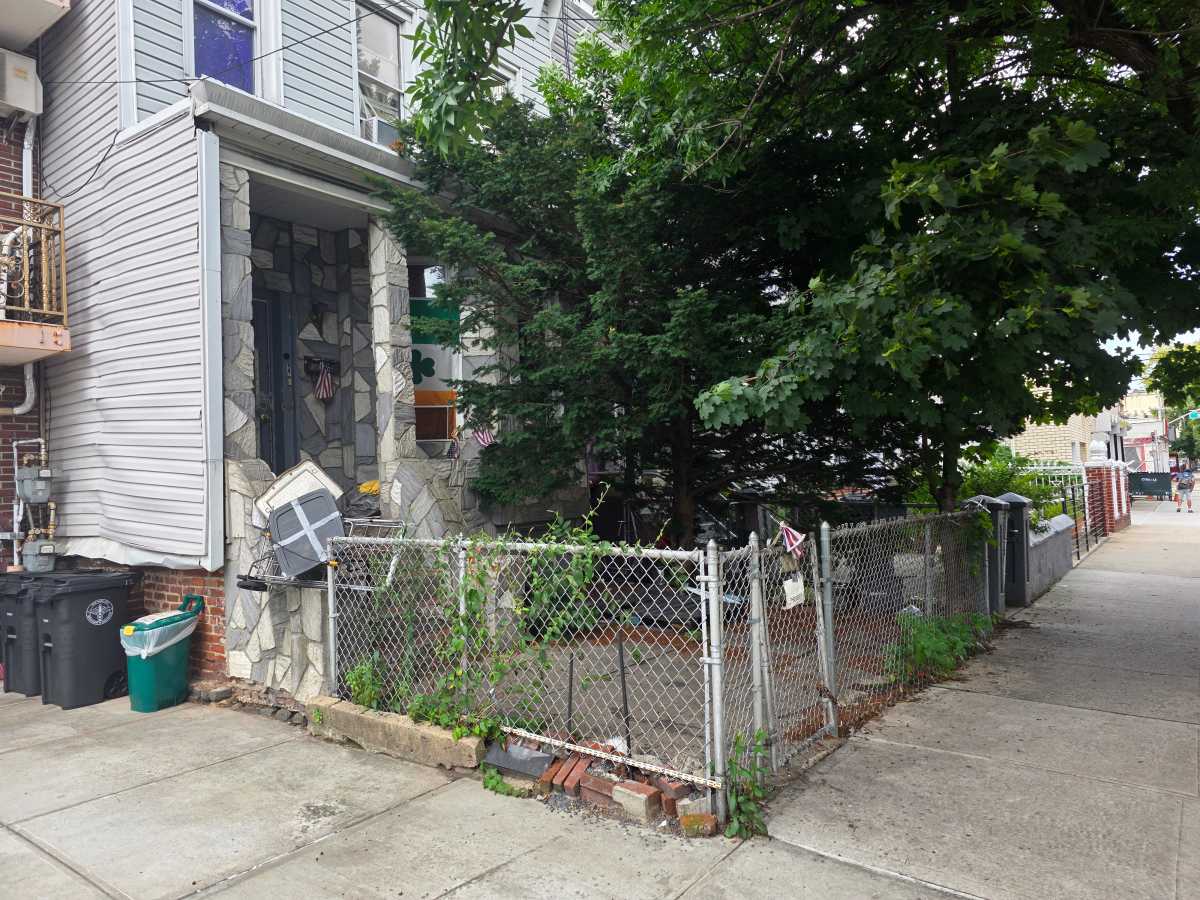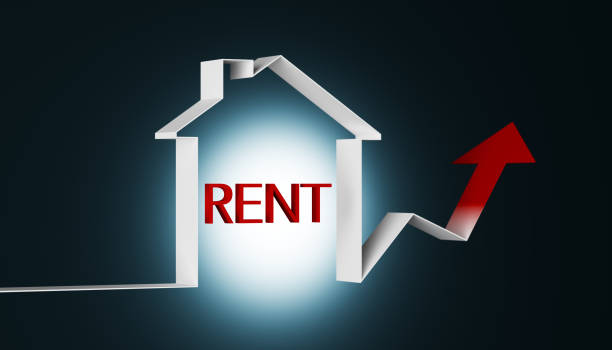By Charles King
New York in many ways correctly prides itself on its response to fighting against the AIDS epidemic. And the rest of the country looks to New York City, the epicenter of the epidemic, to take the lead on combating AIDS.
I have seen great strides and setbacks in the almost two decades I have led Housing Works, New York’s largest AIDS organization. While syringe-exchange programs have thrived thanks to city and state funding and support (despite a ban on federal funding) and overall infection rates have declined, New York City schools still do not allow condom distribution, and infection rates among young gay and bisexual men are rising.
But there’s another way that New York is lagging behind — by failing to provide housing for people with H.I.V. until they get sick. The reason people with H.I.V. are not provided with lifesaving housing subsidies, but people with AIDS are, is a result of a bureaucratic quirk set more than two decades ago.
The definition of “H.I.V. disease” in New York State was created in the 1980s, and used to establish reimbursement rates for hospitals based on how “sick” people were. It never had any medical use or medical basis. However, this definition was adopted by the state Legislature. And when the City Council established the groundbreaking right for housing for people with AIDS, it used this definition.
So while neither the Department of Health nor any medical professionals use the state’s antiquated definition of H.I.V. disease, the definition still has grave consequences for people living with H.I.V. in New York.
While people who fit New York’s medical definition of AIDS are guaranteed lifesaving housing subsidies, the antiquated definition of H.I.V. illness excludes thousands of New Yorkers living with the disease who desperately need lifesaving housing and other services for which they would qualify if the definition were updated. As it stands, poor New Yorkers living with H.I.V. must get seriously ill to access the services that would keep them healthy in the first place.
The state has the power to change this definition, which would follow the science, instead of an arbitrary and outdated measurement used for billing purposes.
New York’s political leaders have acknowledged the extreme benefits of housing people with AIDS. But these same leaders either lack the understanding or the political spine to acknowledge that people with H.I.V. also can’t afford to be homeless.
Changing the definition of H.I.V. illness doesn’t require legislative action or a constitutional amendment. It’s up to one person: Governor Paterson. Housing Works has been pushing Paterson and his administration for years on this issue, but it languishes unresolved.
Ignoring people with H.I.V. is also happening in city government. Both Mayor Mike Bloomberg and Council Speaker Christine Quinn, a former ally on H.I.V./AIDS issues, staunchly oppose HASA for All, a bill that would provide housing and other benefits for all poor New Yorkers with H.I.V. They too have cited the cost, without acknowledging that the long-term financial costs of housing people with H.I.V. will actually save the city money. HASA for All would reduce the use of emergency rooms, shelters and other emergency services.
Housing and supportive services are some of the best ways we know to improve the health and quality of lives for people living with H.I.V./AIDS. But until New York changes the definition of H.I.V. disease and acknowledges the needs of people living with H.I.V., there will be a huge asterisk on the city’s record when it comes to ending AIDS.
King is president and C.E.O., Housing Works






































